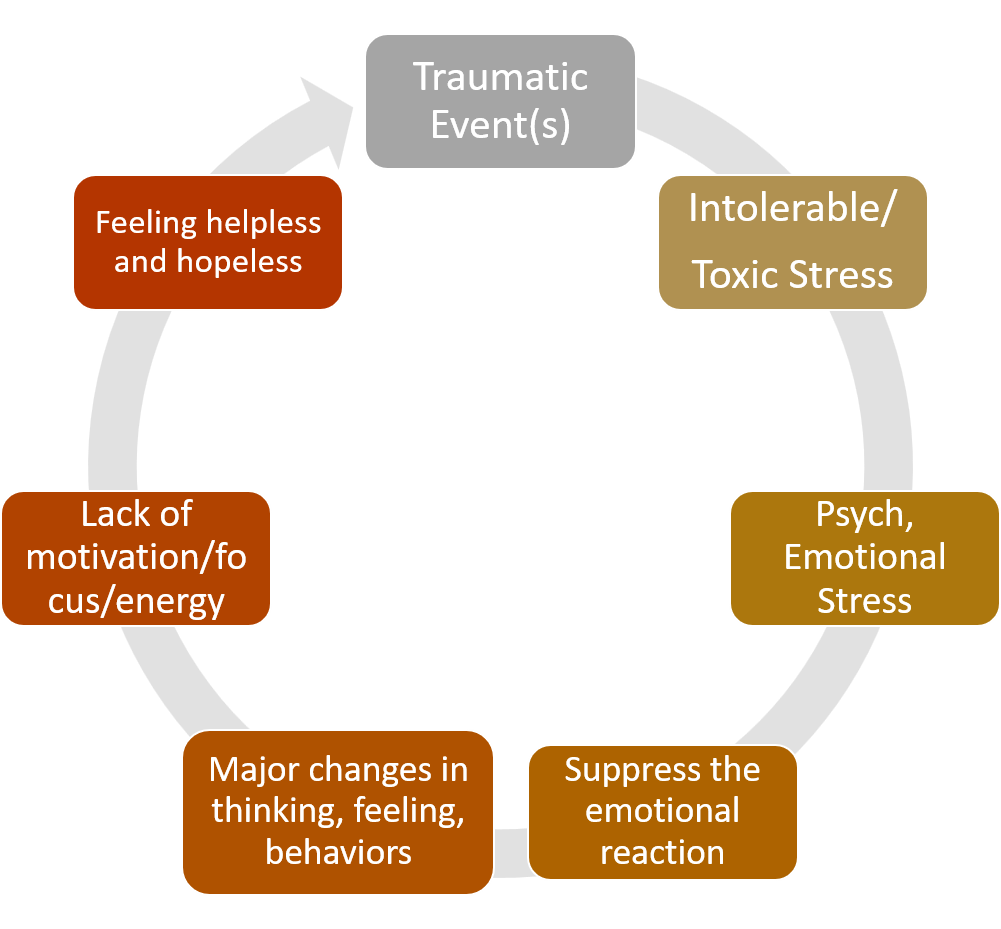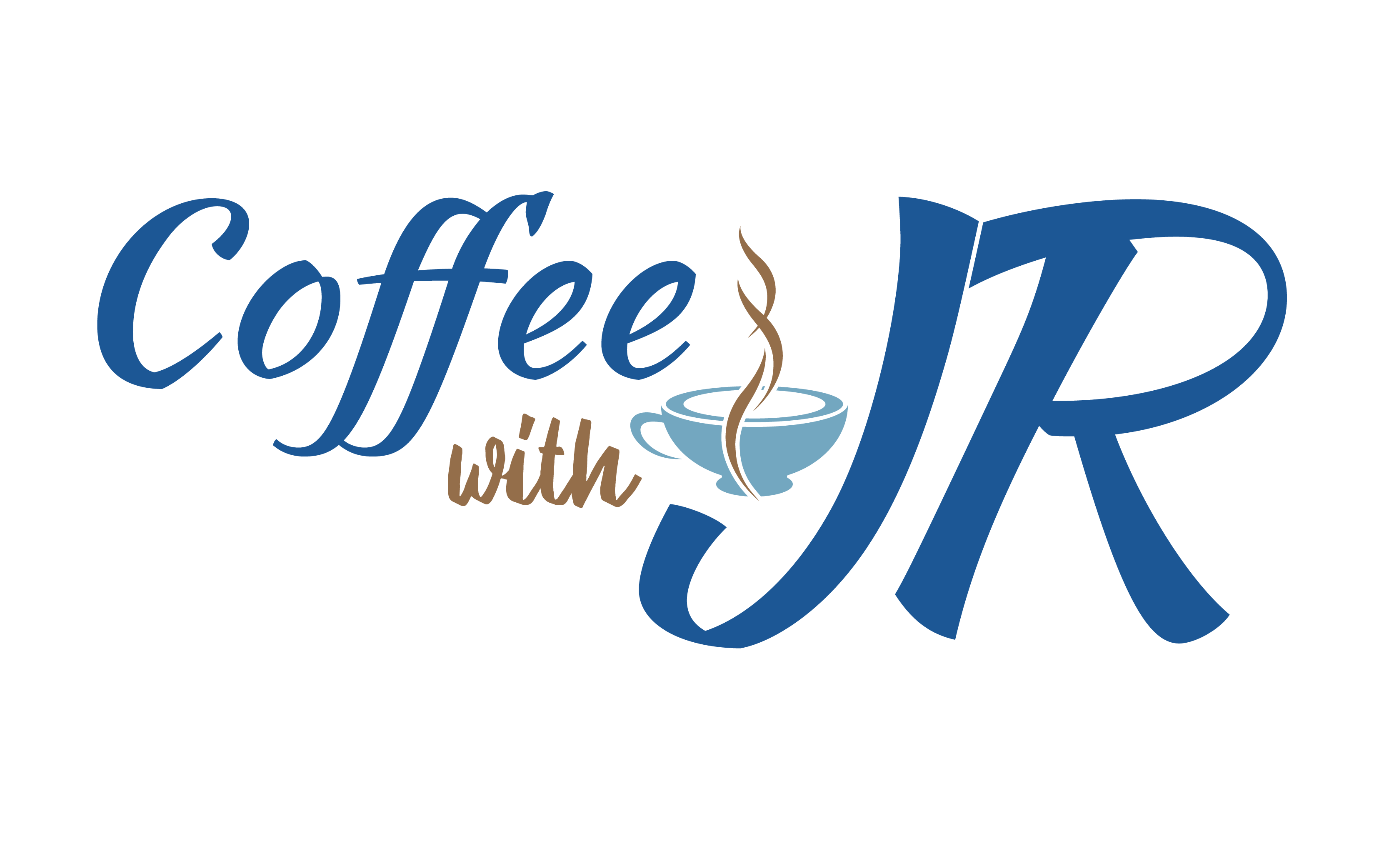
STRESS MANAGEMENT
Stress is a word, a feeling, and an experience that I have been hearing a lot about. Lately, I have to admit I’ve noticed that my stress level has skyrocketed. Back in March, I wrote a blog titled “Why Am I So Stressed?” about the internalized pressures and struggles I experienced last year. This time around, I am implementing a simple and reflective scaling system to measure my stress level. The purpose of this system is to create a clearer picture of what stress looks like in my life, so I can manage it better by learning to regulate my emotions, and my feelings, and by taking healthier actions.
There are a variety of causes for stress. Externally, events like natural disasters, toxic work environments, accidents, racial discrimination, and gun violence can increase people’s stress levels. Internally, unaddressed trauma, such as adverse childhood experiences, historical trauma, generational trauma, and/or cultural trauma, can prolong people’s stress. These causes can have a long-lasting negative impact on an individual’s ability to function mentally, physically, socially, and emotionally. They often interfere with a person’s ability to enjoy life, with themselves, their friends, and their family. These negative effects don’t go away quickly and can linger for months or even years. In a professional setting, these interferences can decrease the individuals’ job performance and job satisfaction.
The stress scaling system I put together is inspired by the work of Hans Selye, conventional knowledge of stress types, and a trauma-informed approach.
The stress scale system comprises Normal/Healthy, Bearable, Unbearable, and Toxic/Chronic.
Normal/Healthy Stress
It’s normal and common for humans to experience and feel stress. Ultimately, healthy stress is an essential part of being human. Normal stress briefly increases the heart rate and elevates hormone levels, which can continue to fine-tune the human body’s alert system and keep the brain sharp in a positive way. Normal stress can help people learn new information and experience new things. Examples of healthy stress include starting a new job, engaging in a new sport like rock climbing, making new friends, traveling to a new place or country, and so on.
Bearable Stress
Bearable stress activates the body’s alert system at a higher level, resulting in more severe and longer-lasting challenges and difficulties for the body, brain, and emotions. Examples include non-life-threatening bodily injuries, losing a loved one, moving into a new home, and natural disasters.
If the exposure to bearable stress is time-limited and supported by healthy relationships (friends and family), the brain and body can recover back to baseline without long-lasting damaging effects.
However, if people do not take care of their bearable stress, they are at risk of slipping into unbearable stress.
Unbearable Stress
Unbearable stress occurs when people are involved in strong, frequent, and long-lasting difficult events and experiences. Unbearable stress prolongs the activation of the stress response system in an individual’s body and brain, severely and negatively disrupting the person’s behaviors, thinking, and feelings. This can increase the risk for stress-related diseases throughout adulthood, such as intellectual impairment, hypertension, heart disease, obesity and metabolic syndrome, type II diabetes, and arthritis. Examples include exposure to violence without enough support, physical or emotional abuse, bullying, unsafe or toxic work environments, abusive relationships, and repeated racial or gender discrimination.
Toxic/Chronic Stress
Toxic/Chronic Stress is similar to Unbearable Stress. The biggest difference is that when an individual is experiencing Toxic/Chronic Stress, the person has no escape or break from the stressors. For example, an individual might suffer from the unbearable stress of an unsafe and toxic work environment, but have a supportive home to return to. On the other hand, when an individual is stuck in Toxic/Chronic Stress, the person has no escape from both a toxic work environment and an abusive relationship at home. Thus, the person’s stress response system is on ultra-high alert 24/7 without any break. All of the risks for stress-related diseases apply and can be worse.
So, what is your level of stress?
Stress is a non-clinical and common experience that people have. Prolonged and ongoing Unbearable and Chronic Stress can lead to anxiety and/or depressive disorders, which become clinical. Using physical health as an example, stress is like having a common cold, while experiencing anxiety and/or depressive disorders are like having more serious forms of physical illnesses. They can negatively affect an individual’s motivation, focus, and energy, ultimately decreasing the quality of life and ruining relationships.

So, I came up with a simple scaling and measuring system for myself. Every day, I check in with myself twice, first thing in the morning and in the middle of the day around 2 pm, using the chart below. It only takes about five minutes each time I check in with myself.
The purpose of this chart/system is for me to maintain consistent awareness of my emotional state and stress level. This way, instead of reacting to my stress, I have a better chance of mitigating unnecessary emotional pain in my life. Additionally, I can prevent myself from dwelling too long in Unbearable Stress and slipping into Toxic/Chronic Stress.
Below is a sample chart. Here are the steps to filling out the chart. You can create this chart on Google Sheets/Docs, Excel/Word or on a piece of paper. I start by drawing a table in my notebook.
- I take a few deep breaths.
- Ask myself:
- What stress level am I feeling now?
- How stressed am I?
- I write down the stress level I am in.
- I identify the cause(s).
- I identify which action(s) can help me decrease my stress level. The actions are related to self-care or support systems.
- I take ownership of my actions.
- I do a quick gratitude practice to remind myself that I am not alone and I am loved.
- I take the action.
Here are the principles that I follow:
- Be honest with yourself.
- Avoid self-criticism or self-shaming.
- Take ownership and responsibility – avoid blaming others.
| Date | Time | Stress Level | Causes of Stress | Action |
| 6/1 | AM | Bearable | Feeling anxious about giving a new presentation | Invest an extra 30-mins reviewing my slides. Take multiple deep breaths. |
| PM | Normal | Finished giving the new presentation |
None. Continue my day.
|
|
| 6/2 | AM | Normal | n/a | Continue my daily AM routine (reading, meditation, stretching, a short walk) |
| PM | Unbearable |
One of my projects is falling apart
|
Call my best friend to process what just happened. Go for a 15-mins walk to dispense the tension in my body. Take multiple deep breaths. | |
| 6/3 | AM | Between Bearable and Unbearable | The project, but I have a plan | Spend an additional 30-mins on my daily AM routine |
| PM | Bearable | Still feel anxious and stress | Spend some time hanging out with my friends. Talk to my more experienced business friends. |
Image by Mohamed Hassan from Pixabay

Recent Comments